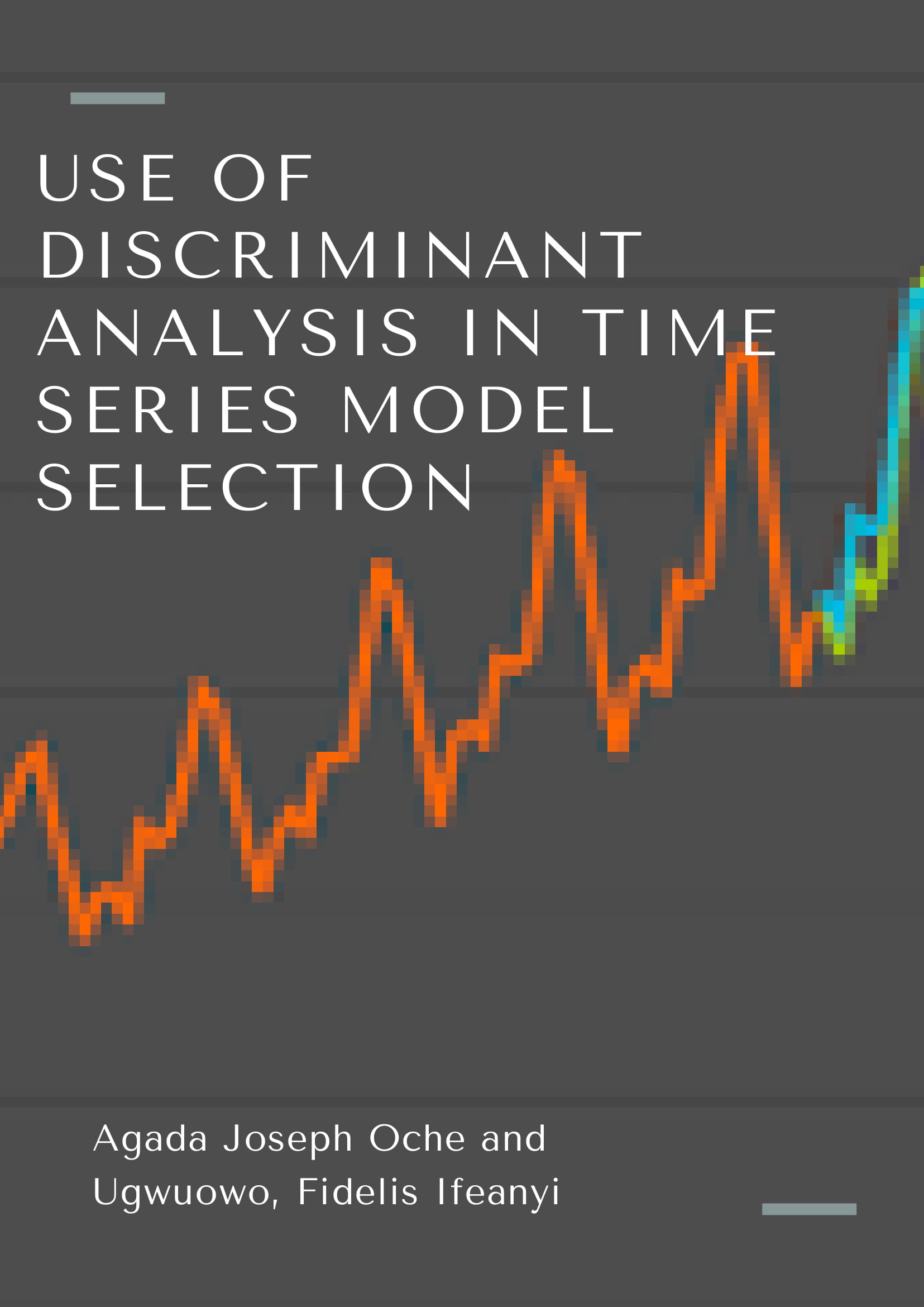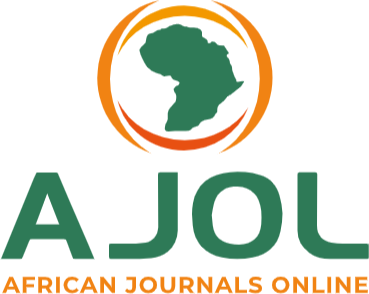Use of Discriminant Analysis in Time Series Model Selection
Keywords:
Time series, model selection, ARMA model, discriminant analysis, simulated dataAbstract
Authors: Agada Joseph Oche and Ugwuowo, Fidelis Ifeanyi
A systematic approach to time series model selection is very important for reduction of the uncertainties associated with highly subjective and inaccurate method currently being used. Information criteria as a measure of goodness of fit have been criticized because of its statistical inefficiency. In this paper, we develop a rule using discriminant analysis for classification of a time series model from a finite list of parsimonious ARMA (p,q) models. A discriminant function is developed for each of the six alternative ARMA(p,q) models using fifty sets of simulated time series data for each model. An algorithm is developed for the evaluation of discriminant scores and model selection. The selection rule is based on the highest discriminant score among the six alternative models. The method was applied to a real life data and thirty sets of simulated data. The real life application resulted in correct model selection while the simulated data gave 93% correct classification.

Downloads
Published
Issue
Section
Similar Articles
- Attah Chuks Emmanuel, Gloria Chika Udeokpote, Ethanol Extract of Vernonia amygdalina Leaf as a Green Corrosion Inhibitor for Carbon Steel in Solution of HCl , Communication In Physical Sciences: Vol. 10 No. 3 (2023): VOLUME 10 ISSUE 3
- Richard Alexis Ukpe, Synthesis and Characterization of Calcium Oxide Nanoparticles (CaO-NPs) from Waste Oyster Shells , Communication In Physical Sciences: Vol. 10 No. 3 (2023): VOLUME 10 ISSUE 3
- Nwoke Linda Chinyere, Uchenna Igwe Okenwa, Onuchi Marygem Mac-Kalunta, Johnbull O. Echeme , Uyanwa Maryjane Nkeiruka, Phytochemical screening and wound healing studies of Chromolaena odorata , Communication In Physical Sciences: Vol. 11 No. 2 (2024): VOLUME 11 ISSUE 2
- Osaghae Edgar O, Obi Jonathan Chukwuyeni, Solving towers of Hanoi problem using 2-Consecutive moves Algorithm , Communication In Physical Sciences: Vol. 10 No. 3 (2023): VOLUME 10 ISSUE 3
- Nwanya, Julius Chigozie, Njoku, Kevin Ndubuisi Chikezie, A New Approach to Solving Transportation Problems: The Middle Cell Method , Communication In Physical Sciences: Vol. 10 No. 3 (2023): VOLUME 10 ISSUE 3
- Gideon Wyasu, The influence of natural fermentation, malt addition and soya fortification on the sensory and physio-chemical characteristics of gyok-millet gruel , Communication In Physical Sciences: Vol. 4 No. 1 (2019): VOLUME 4 ISSUE 1
- Gideon Wyasu, Determination of Bacteriological and some physicochemical properties of Hospital wastewater , Communication In Physical Sciences: Vol. 4 No. 2 (2019): VOLUME 4 ISSUE 2
- Richard Alexis Ukpe, Joint effect of halides and Ethanol Extract of Sorghum on the Inhibition of the Corrosion of Aluminum in HCl , Communication In Physical Sciences: Vol. 4 No. 2 (2019): VOLUME 4 ISSUE 2
- Fabian C. Okafor, A Class of Product-Type Estimator when there is Unit Non-Response in the Study Variable , Communication In Physical Sciences: Vol. 1 No. 1 (2010): VOLUME 1 ISSUE 1
- Olusegun Sawole, Kolawole Abiodun Egunjobi, Adebola Daniel Awofodu, Health Risk Assessment of Natural Radionuclides Ingestion from Selected Edible Crops in Farmlands Around Limestone Excavation Area in Ewekoro, Ogun State , Communication In Physical Sciences: Vol. 9 No. 4 (2023): VOLUME 9 ISSUE 4
You may also start an advanced similarity search for this article.



